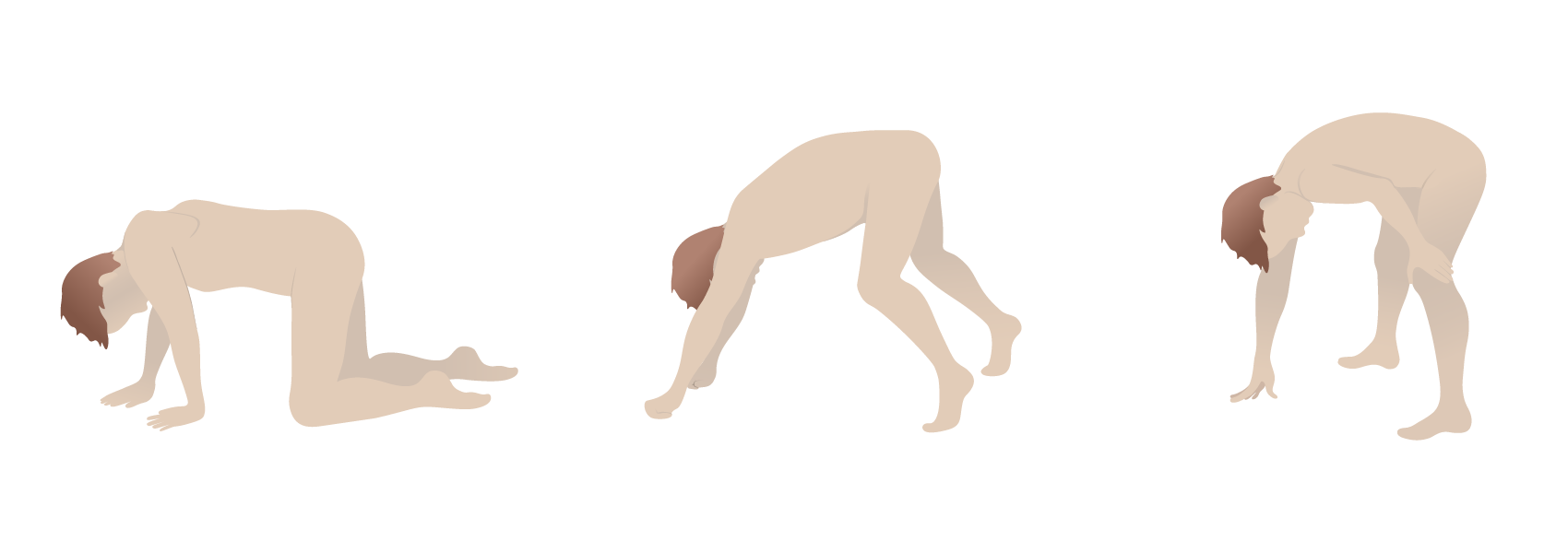Playlist
Show Playlist
Hide Playlist
Resulting Condition: Duchenne Muscular Dystrophy
-
Slides Cellular Pathology - Interface with the Outside World.pdf
-
Reference List Pathology.pdf
-
Download Lecture Overview
00:01 Okay, so that's one example of a membrane constituent that causes a disease. 00:04 Here's another. And again, it's the concept, and the specifics are actually -- will affect your patients and they will care about them, but it's basically the concepts I want you to keep in mind. 00:16 So, this disease is called Duchenne's muscular dystrophy. 00:19 There's a related sibling called Becker's muscular dystrophy, and it's a similar pathway, but I'm gonna focus right now on Duchenne's. 00:27 In Duchenne's muscular dystrophy, we have, on the surface of our skeletal muscle, a complex of proteins, and they're specifically not labeled here, because I don't want you to get too much into the detail. 00:41 We'll just call it a dystrophin-associated protein complex. 00:45 And that's inserted into the plasma membrane. 00:47 The plasma membrane here can also be called a sarcolemma, which is the fancy name for plasma membrane of skeletal muscle. 00:54 Anyway, this transmembrane complex with the associated protein globules on the inside are associated with the extracellular matrix through laminin that interacts then with the extracellular matrix. 01:07 So, we can have that skeletal muscle attached to tendon or to the outside world. 01:11 And this is one of the ways you're gonna be able to actually have a muscle contraction inside the cell, lead to some sort of activity. 01:19 If we're not attached, we don't have activity. 01:22 Okay, so that's our complex. It's interacting on the outside. 01:26 It's also interacting on the inside with the cytoskeleton of the cell. 01:31 The major protein that's doing that is dystrophin. 01:34 A rather large protein. It's got multiple areas, regions of the protein that's why it looks like a beaded purple chain. 01:41 That dystrophin then links to the actin cytoskeleton. 01:45 And that means that as the sarcomeres contract, so as a muscle contracts, the actin that's linked to the sarcomeres can link to the dystrophin that can link to the complex of the cell surface to the outside world, and we can actually get functional activity. 02:02 Okay, what happens if we get rid of one of these complex molecules? Well, if we have a deletion in dystrophin or we have frameshift mutation, it's a very large gene, then we will get disease that occurs. 02:19 It's x-linked because dystrophin is expressed on the X chromosome. 02:24 So, it mainly only affects life of males. And what is happening there? Well, we've lost dystrophin. 02:34 So, now, as the muscle -- as the sarcomeres contract, we've lost that interaction with the outside world, and we are distorting the membrane. 02:45 Recurrently, over and over again, as the muscle tries to work. 02:48 As we distort the membrane, we break it, and then we have abnormal intracellular signaling. 02:54 We have abnormal water, we have abnormal electrolytes, and eventually, the muscle says, "Forget it. I can't live with this." And the muscle dies. 03:03 So, functionally, what we get is this. So, this is skeletal muscle. 03:08 The pink little globules down there, those are muscle cells. 03:12 And basically, everything in this field should be pink, and it's not. 03:18 There's lots and lots of fat. 03:20 So, as we get degeneration of the skeletal muscle over a period of years, because of the non-linkage of the sarcomere with the outside world, we get an accumulation of fat and degenerating muscle. 03:36 And these -- the kids, the little boys that have this, progressively lose motor function. 03:41 So, it's a progressive muscle injury and weakness disease related to a protein associated with a transmembrane protein. 03:48 So, cell biology has got it all. It's initially normally muscle. 03:53 They're born with normal muscle, but as they use it over and over and over again, in an onset in childhood, we begin to get the degenerative changes. 04:00 The cell muscles dying, being replaced by fat, and then we get a progressive motor weakness, and by early adulthood, it's fatal. 04:10 So, just another example of a disease entity related to basic cell biology, and actually related to important kind of concepts relating to proteins associated with the membrane.
About the Lecture
The lecture Resulting Condition: Duchenne Muscular Dystrophy by Richard Mitchell, MD, PhD is from the course Cellular Housekeeping Functions.
Included Quiz Questions
Which protein is affected in Duchenne muscular dystrophy?
- Dystrophin
- Actin
- Myosin
- Laminin
- Type III collagen
Which of the following is characteristic of Duchenne muscular dystrophy?
- A muscle biopsy will demonstrate the replacement of muscle with adipose tissue.
- It is inherited as an autosomal recessive trait.
- Weakness and hypotonia are typically noted in the first few days or weeks after birth.
- Patients with Duchenne muscular dystrophy have a near-normal life expectancy.
- It is usually caused by poor nutrition or low activity.
Customer reviews
5,0 of 5 stars
| 5 Stars |
|
1 |
| 4 Stars |
|
0 |
| 3 Stars |
|
0 |
| 2 Stars |
|
0 |
| 1 Star |
|
0 |
Just look at the affiliation of this great teacher! He is teaching the concepts rather than sheer memorization.





